The tiny white bell shaped blooms of Lily of the Valley will leave a lasting impression on anyone that has experienced their fragrance. Intensely aromatic, these little fragrant flowers have persisted in shade gardens of old, and still grow on today. Learn how to grow Lily of the Valley to add these sweet smelling flowers to your garden.
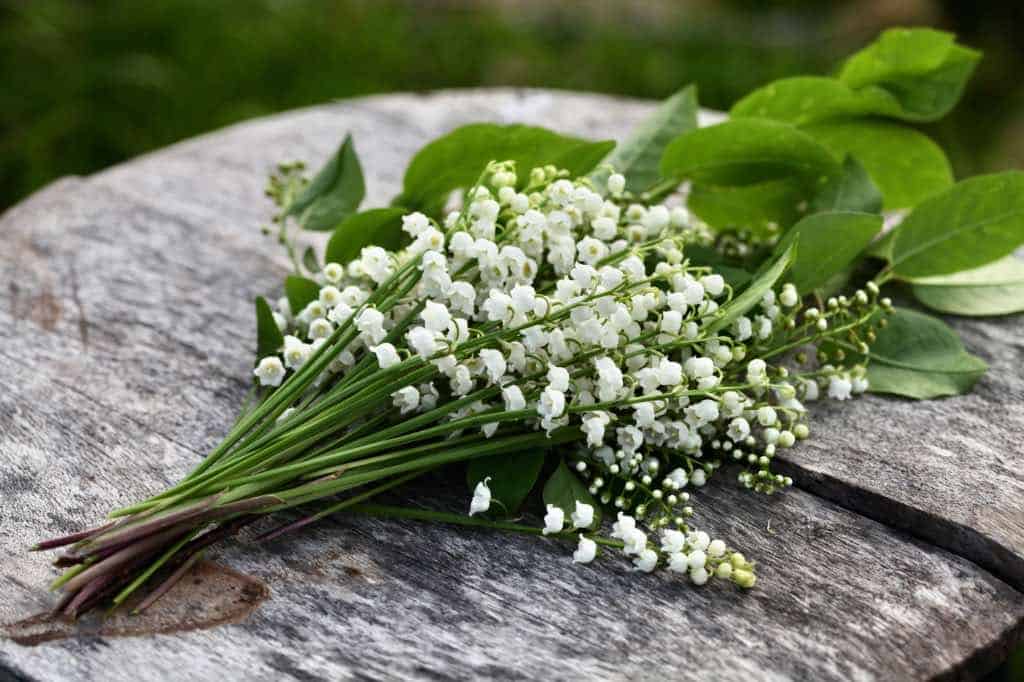
Lily of the Valley is a beautiful flower and a favorite flower of many, often used to celebrate the coming of spring.
It's pure elegance has inspired florists to use the flowers in wedding celebrations and bouquets, including those of the royals.
Gardeners look forward to seeing and growing these delicate scented blooms every spring, myself included.
The classic tiny bell shaped flowers carry a beautiful and unforgettable fragrance which is unique to this plant.
The fragrance of the blooms brings back memories for people who have experienced this scent. The memories are often connected to loved ones, who have shared the love of the flowers.
Lily of the Valley are often blooming on Mother's Day, depending on growing zone. In warmer locations the plants can bloom even earlier.
The small white flowers are naturally beautiful and simple, and a great addition to any garden.
A small posy or bouquet of Lily of the Valley is the perfect gift for any occasion if harvested in season. Include the leaves in the bouquets which strike a great contrast agains the pure and simple white blooms.
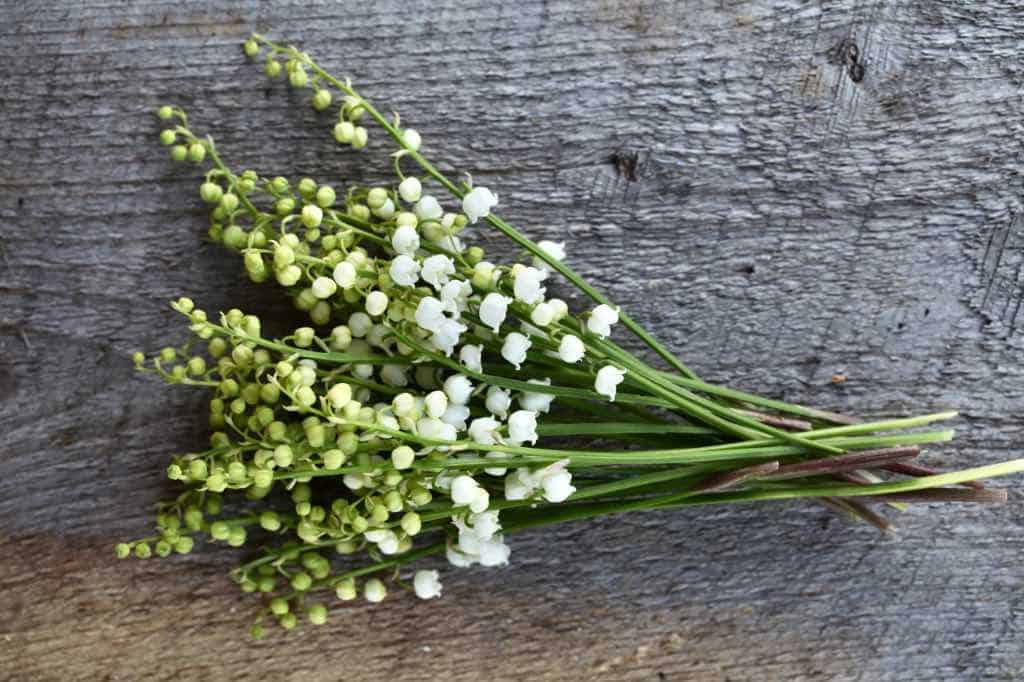
What Is Lily Of The Valley?
Lily of the Valley is the common name for the species plant whose botanical name is Convallaria majalis. It is a hardy perennial that has been grown in gardens for centuries, and valued for it's beautiful floral fragrance.
Belonging to the Genus Convallaria, and now to the Family Asparagaceae, Lily of the Valley was formerly placed in the lily family, or Family Liliaceae.
It is no longer a member of the lily family, although it is still called "Lily" of the Valley.
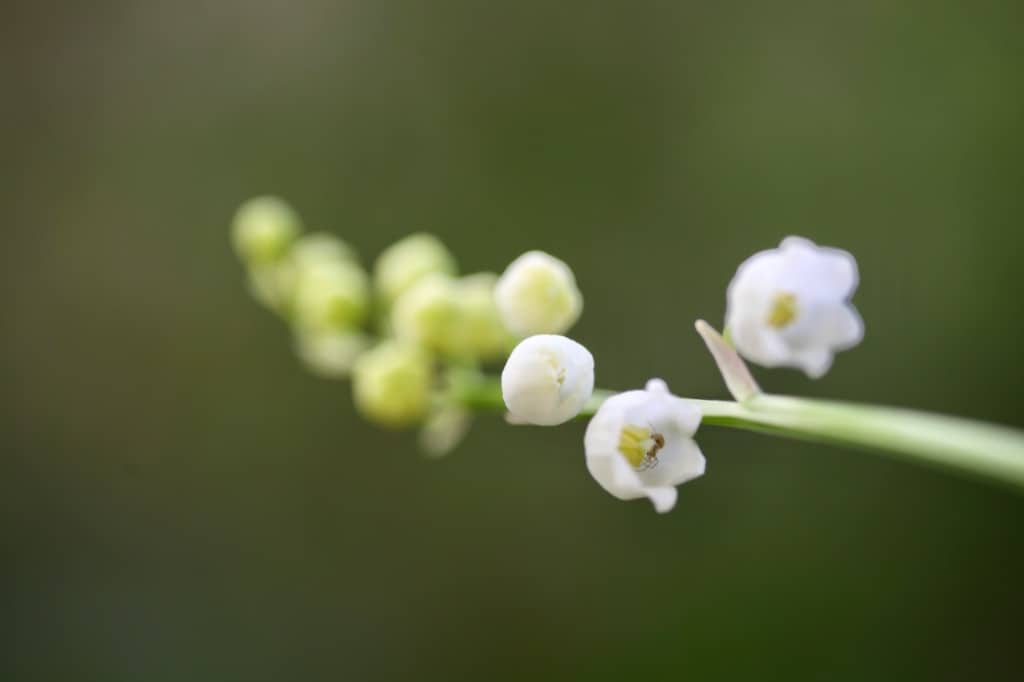
It is also a member of the Subfamily Nolinoideae, which is the monocot subfamily in the asparagus family.
This perennial plant is familiar to many, and goes by other common names as well. Some of these names include Mary's tears, May bells (they bloom in May), Our lady’s tears, glovewort, and Appollinaris.
The name Lily of the Valley can also be written as lily-of-the-valley.
These flowers are often connected to memories of gardens from our past, such as those of parents and grandparents. It's not only the beauty and simple form of the flowers that makes the impression, but also the sweet scent of the blooms that lingers on in our memories.
Lily of the valley is an ideal plant for woodland settings and shady areas in the garden. They are also great plants to use as ground covers in shaded locations when planted en masse.
The plants do very well underplanted under a canopy of trees, and planted among other shade garden plants such as ferns.
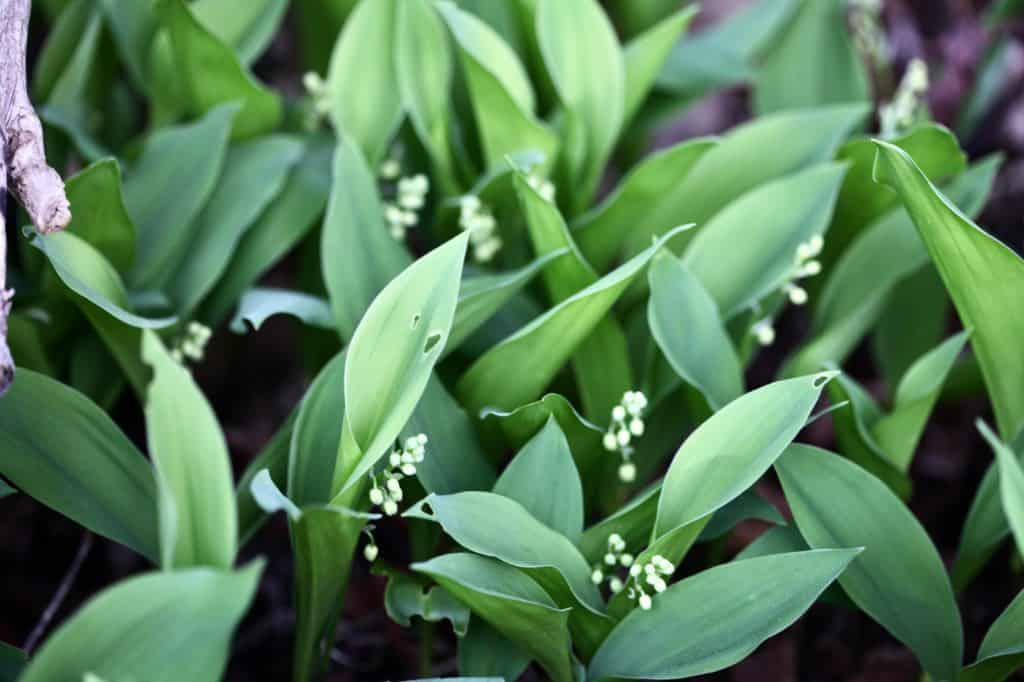
The Root System
Lily of the valley grows via a rhizomatous root system underground, easily producing new plants and propagating in this manner.
The roots and underground stems spread and grow under the surface of the soil. They also also produce upright stems which develop into new plants.
Lily Of The Vally Pips
The new upright stems or shoots that come up from the ground in spring are known as pips.
These pips remain connected to the other plants by their root system. However they are easily separated and can be dug and transplanted to another area.
The pips will open to reveal a Lily of the Valley stem with flowers, along with two large green leaves which grow from the base of the flower stem.
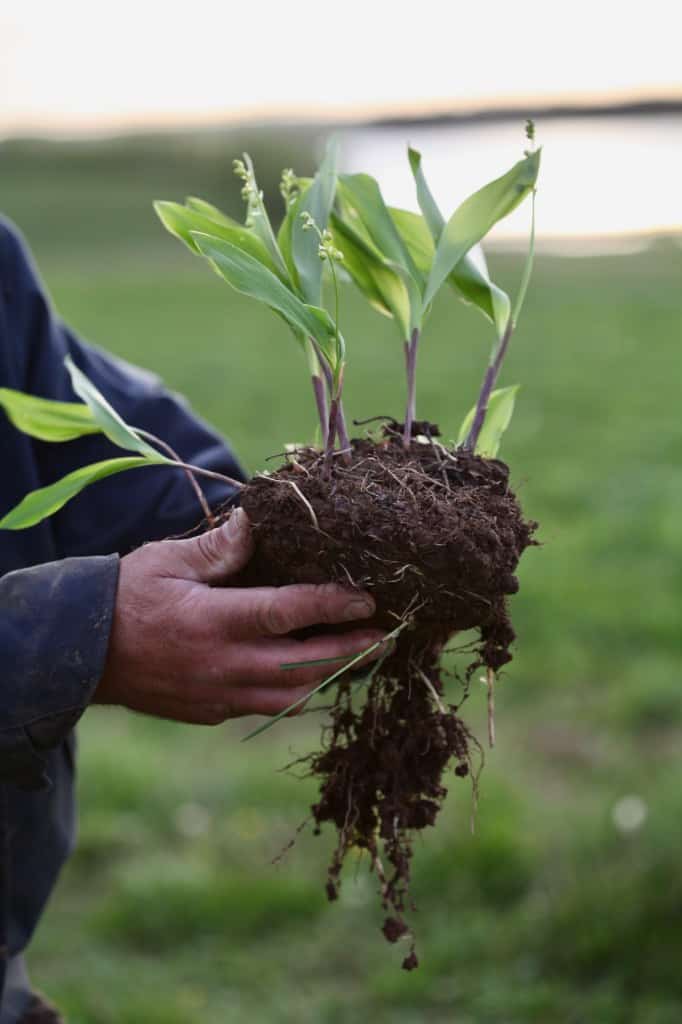
The Flowers
Lily of the Valley blooms grow on fairly short stems which are approximately six to eight inches in length.
There are numerous tiny flowers which grow along each stem, and they nod in a downwards direction on the stem.
Classic Lily of the Valley flowers are a striking white colour. This colour offers a beautiful contrast to the darker green leaves.
There are also cultivars with pink flowers, although these varieties are less common.
The bloom period is generally about two to three weeks from bloom development to the end of blooming.
After the flowers have finished blooming, the plants can form red berries if the blooms have been fertilized. Take caution, as these berries are poisonous.

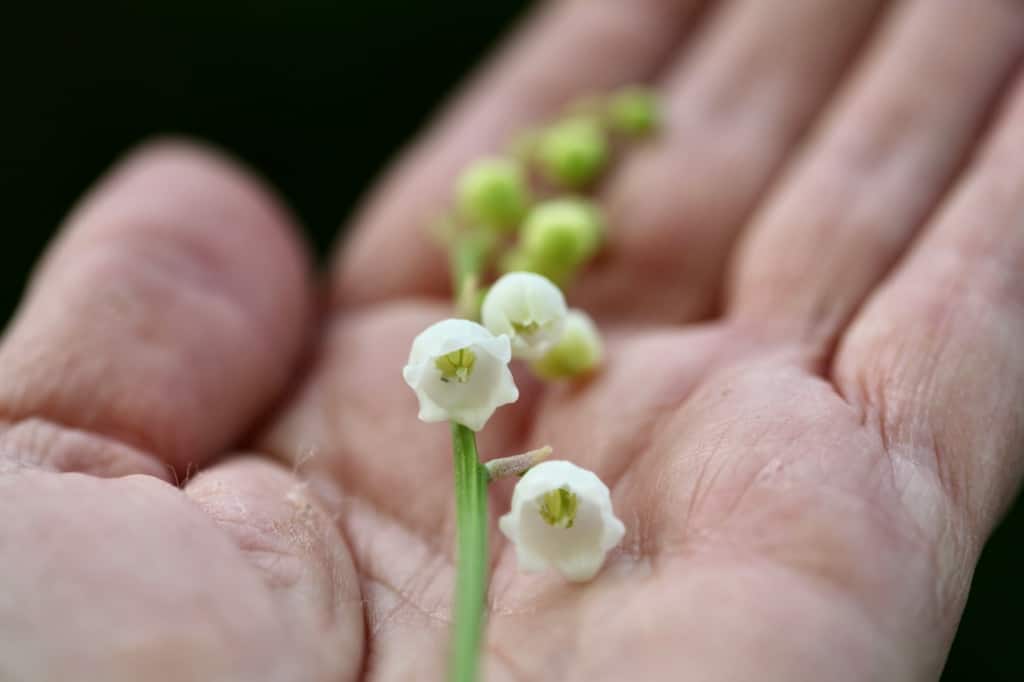
The Leaves
The leaves of Lily of the Valley are dark green with smooth edging. They sometimes take on a bluish tinge in the right light.
The leaves grow from the base of the plant, which forms two leaves per plant.
If grown as a ground cover, the foliage of lily of the valley will form a lush green carpet.
After the blooms are spent, the green leaves will remain for the rest of the season. This adds a nice contrast and low lying carpet of green in the garden.

What Month Do Lily Of The Valley Bloom?
Lily of the Valley bloom time can occur in different months depending on growing locations.
The plant is most often known to bloom in May.
The flowers bloom with the lilacs and forget me nots, so for us in usda growing zone 5b, the month of bloom is mid to late May, and often into early June.
Lilacs and Lily of the Valley generally bloom together, and make a wonderful and powerful scented display when put together in the vase.
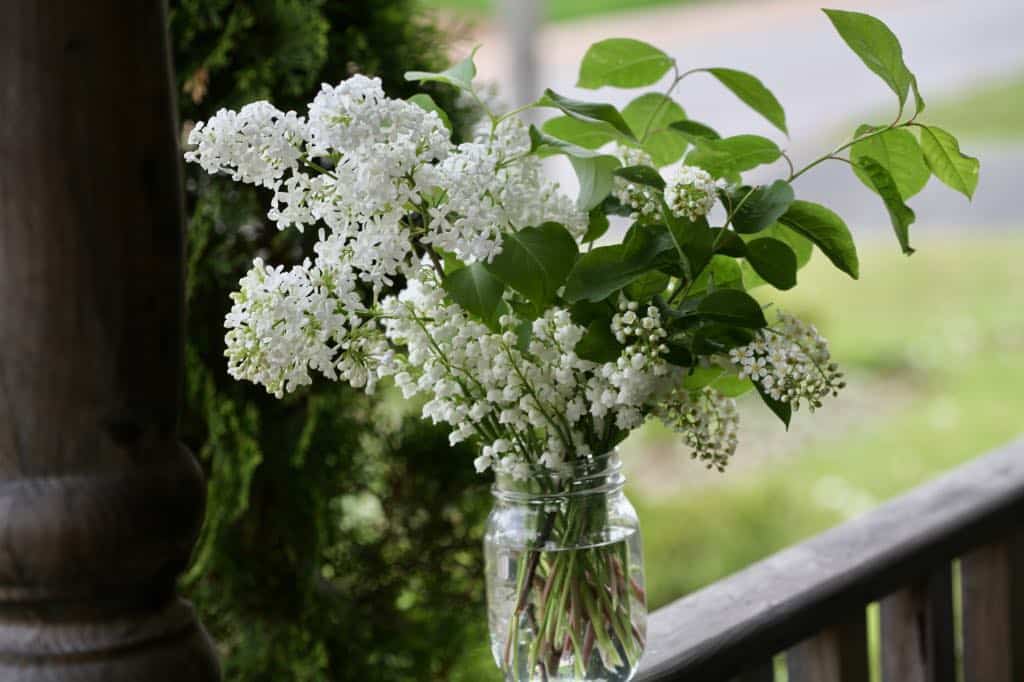
Are Lily Of The Valley Easy To Grow?
If planted in the right location, with the right requirements for optimal growth, your Lily of the Valley patch will flourish and grow on for many years.
It is an easy-care plant which requires little attention.
We have a patch at the farm that has been growing for well over fifty years.
Once established the plants will spread easily via rhizomatous growth and increase the size of the growing area.
That being said, Lily of the Valley has been known to be invasive in some locations. It's important therefore to consider this fact before planting.
In our growing zone and in our own garden, the Lily of the Valley has a spot where it is contained. The patch has been underplanted, and grows in the shade of a large chestnut tree.
The leaves of the tree fall to the ground every fall. This provides lots of organic matter to the clay soil in which the Lily of the Valleys grow.
The outer boundaries of this patch are met by lawn, containing the plants readily in one location. In this location and with these techniques, we have easily contained these lilies to one spot.
We get to enjoy their fragrance year after year, without worrying about spread.
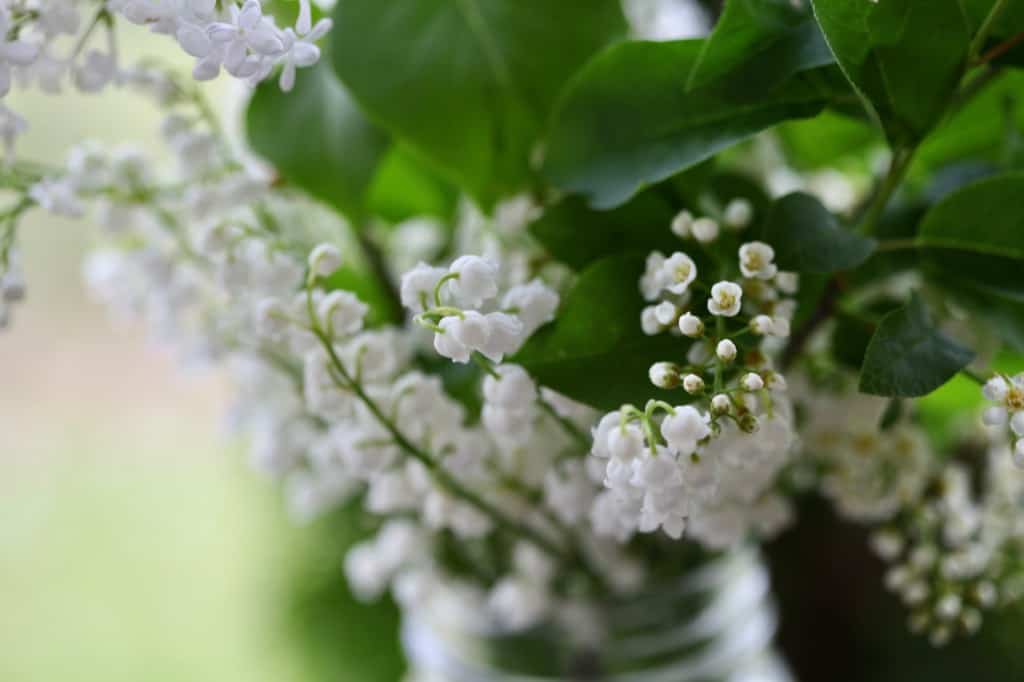
How Invasive Is Lily Of The Valley?
Lily of the Valley does spread readily, so keep this in mind when planting in your garden.
Best to contain it to an area where it can grow freely and spread to grow a nice patch of flowers.
If planted in a woodland setting, the flowers will naturalize. As a ground cover, the plants will create an impact and look beautiful growing together grown en masse.
If growing in the garden, allow it to have space of it's own.
You can use edging to try to contain it, or allow it to grow up next to structures or lawn, where it will be contained.
Do Lily Of The Valley Come Back Every Year?
Lily of the Valley is a herbaceous perennial which dies back to the ground every fall.
In the spring of the year the plant returns, to bloom again for another cycle.
The plants are long lived, and will return repeatedly to the garden year after year, if planted in the right location.
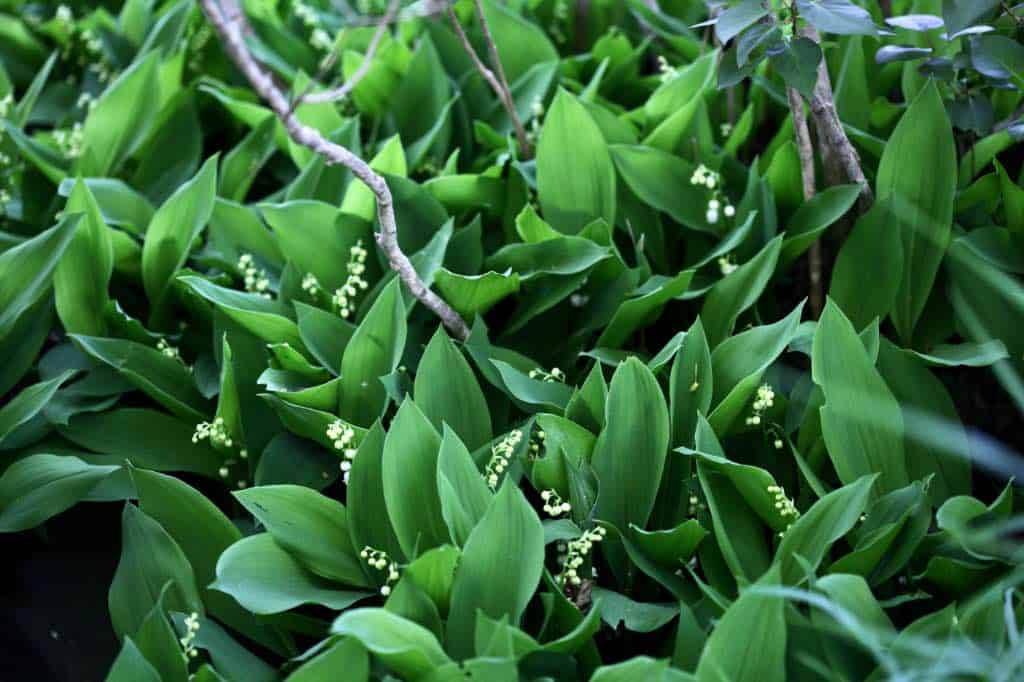
Is Lily Of The Valley Poisonous?
It is important to be aware that Lily of the Valley, like many other garden plants, can be very poisonous if consumed.
Lily of the Valley is a poisonous plant, and all parts of the plant are considered to be so.
The flowers, leaves, roots and berries contain cardenolides which are known to be toxic to humans.
Most often poisoning occurs from consumption of the berries. Be very careful with this plant around small children .
Colorado State university has listed Lily of the Valley in it's guide to poisonous plants.
How To Grow Lily Of The Valley
Lily of the Valley is very easy to propagate and plant. Once it becomes established in the growing area, it is almost maintenance free.
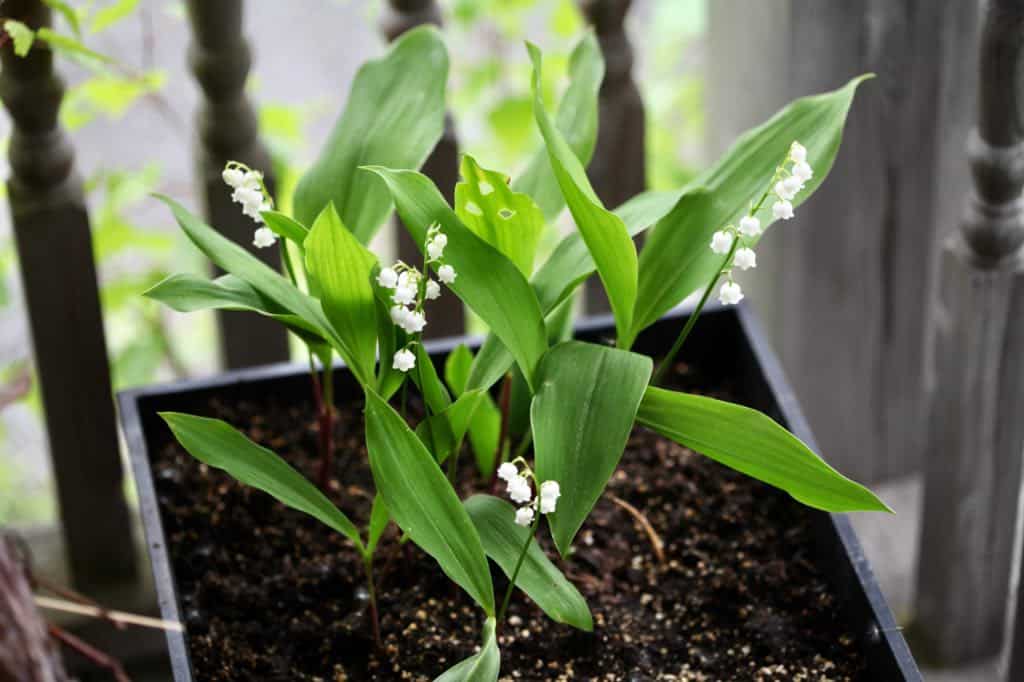
How To Propagate Lily Of The Valley
These plants easily self propagate via a rhizomatous root system, creating new plants.
For the gardener, Lily of the Valley is best propagated by division of these new sprouts or pips.
The plants can also be grown from seed.
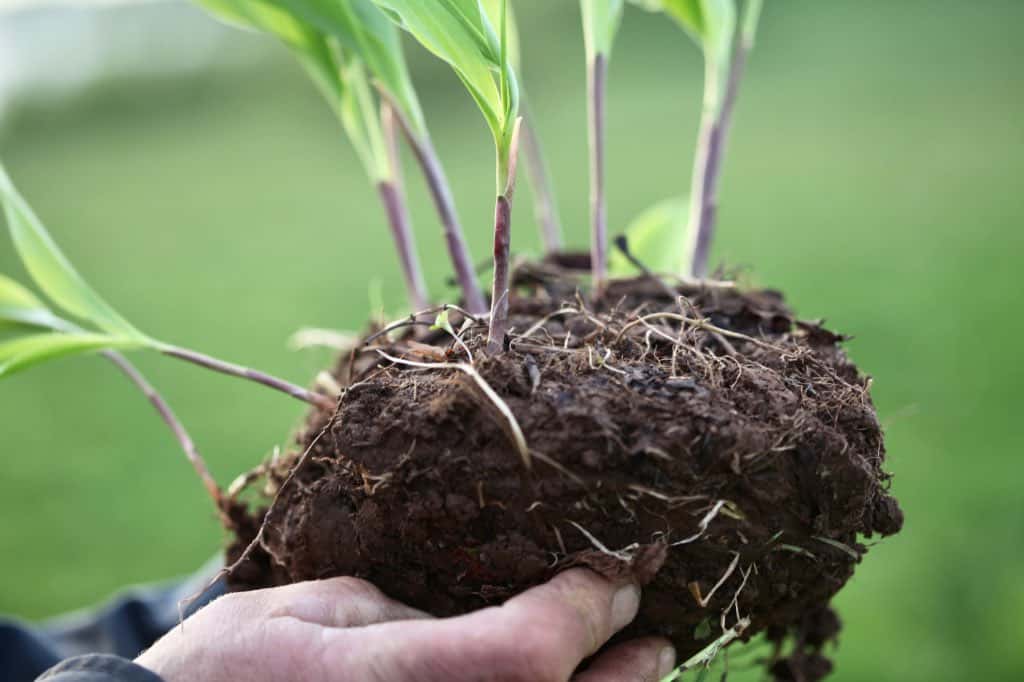
To Propagate By Division
- The best time to lift and divide Lily of the Valley is in the early spring.
- In spring at the beginning of the growing season, you can separate a group of pips from the patch. Do this by digging down next to the plant with a sharp clean shovel or sharp knife.
- Sever the root system of the pips that you are planning to dig from the rest of the plants surrounding them.
- Do this by using the knife or the shovel.
- Make sure that each sprout or pip that you are digging up also has some roots still connected.
- These plants are then ready to be either potted up, or transplanted to another area in the garden.
Learn more about transplanting Lily of the Valley here.
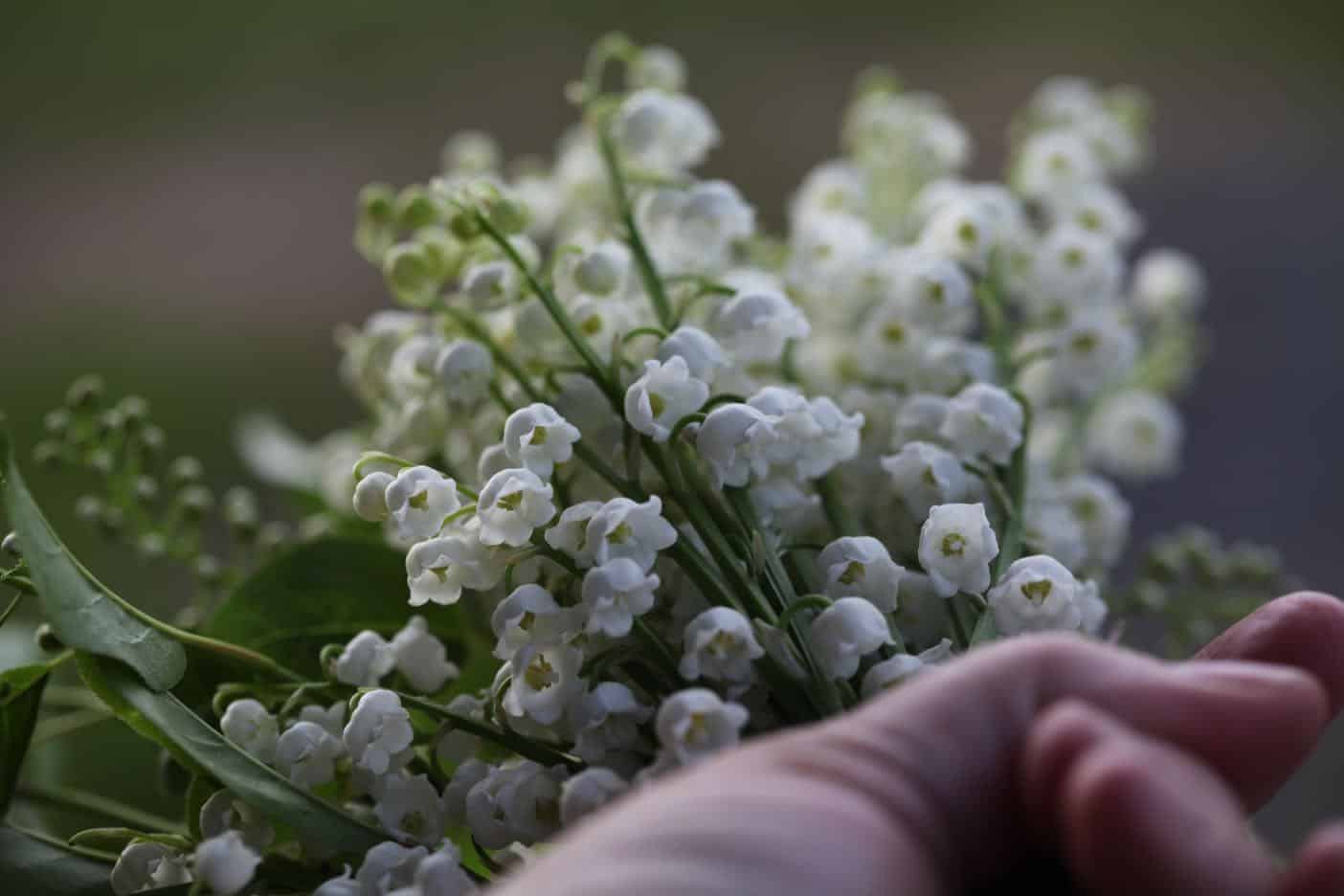
To Propagate By Seed
- The seeds of Lily of the Valley plants will be found inside the red berries which form on the plants once the flowers are spent, if in fact the flowers have been fertilized.
- Lily of the Valley seed should remain inside the berries until ripe, for the seeds to be mature enough to germinate.
- The seeds are small, round and tan in colour.
- As with other perennial seeds, these seeds will benefit from a moist cold chill period for stratification purposes.
- The cold moist chill will give best germinating results. Chill for about 4 to 6 weeks in moist vermiculite or peat moss in a baggie in the fridge before planting.
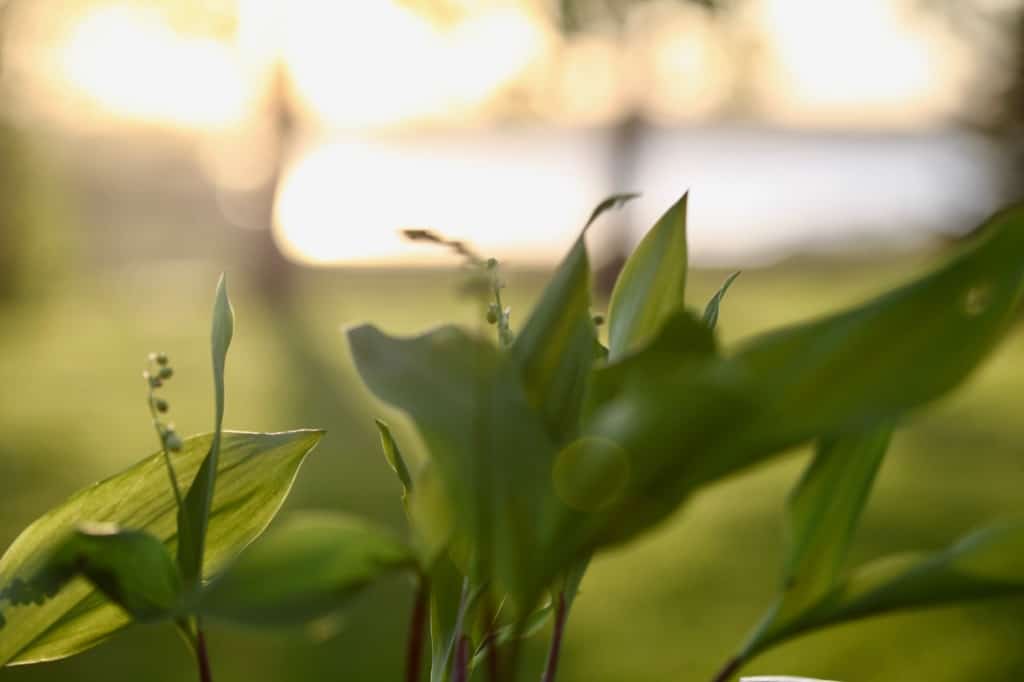
How Long Does It Take For Lily Of The Valley To Grow?
Lily of the Valley will grow and bloom from pips in the season that they are dug and transplanted.
If growing from seed, it generally will take two to three years to have mature blooming plants, as is the case for most flowering perennials.
How To Plant Lily Of The Valley?
- When planting Lily of the Valley pips or plants, the key is to plant them at the same soil level at which they were growing when dug up.
- This will be easy to see if you look at the base of the plants, and determine where the point is that they have grown above the soil surface.
- It is also important to know the best location to plant, as well as light, soil, and moisture requirements, which we will review next.
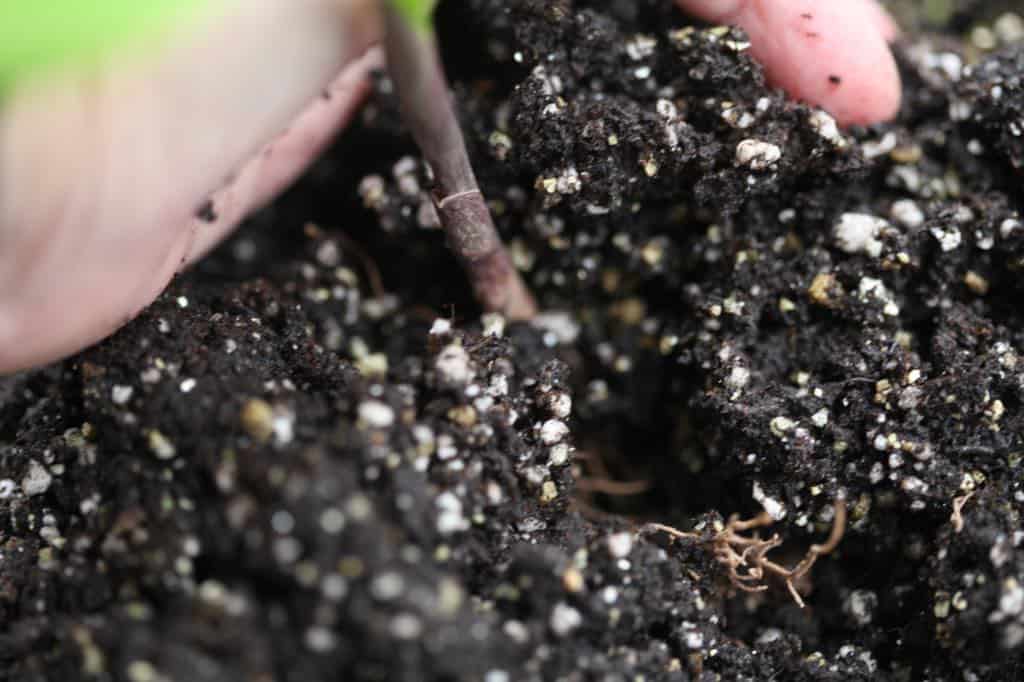
Where Is It Best To Plant Lily Of The Valley?
Let's have a look at some planting requirements for Lily of the Valley.
Growing Zone
- Plants grow best in usda growing zone 2 to 9.
- The plants grow and bloom in early spring, and do well with the cooler weather in northern growing zones.
- These plants are hardy and tough, and can be exposed to early spring frosts without injury.
- The plants are less apt to tolerate hot warm weather of very warm growing zones.
Light Requirements
- Grow in full shade or partial shade locations for best results.
- Consider growing on the north side of buildings or structures, which generally offer some early morning sun, and then shade in the warmest part of the day.
- Plants will tolerate some sun, however keep out of intense heat and full sun, as they will not likely thrive and may not survive.
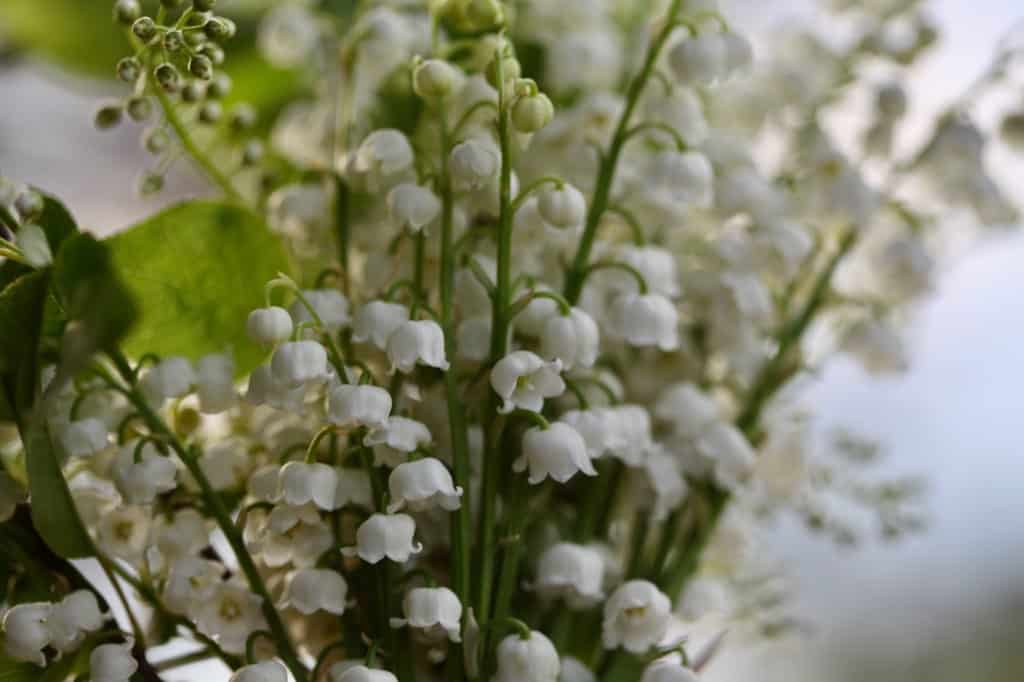
Soil Requirements
- Lily of the Valley can tolerate a wide variety of soil types with good drainage.
- It will grow best in a humus soil with lots of organic material.
Water Requirements
- Although the plants like moist soil, they are also quite drought tolerant once established.
- We do not water our established Lily of the Valley patch, which is taken care of by the natural elements and rainwater.
How Do You Care For Lily Of The Valley?
Lily of the Valley plants are very low maintenance plants.
You do not need to provide a lot of extra care if the plants are happy and established in the right growing location.
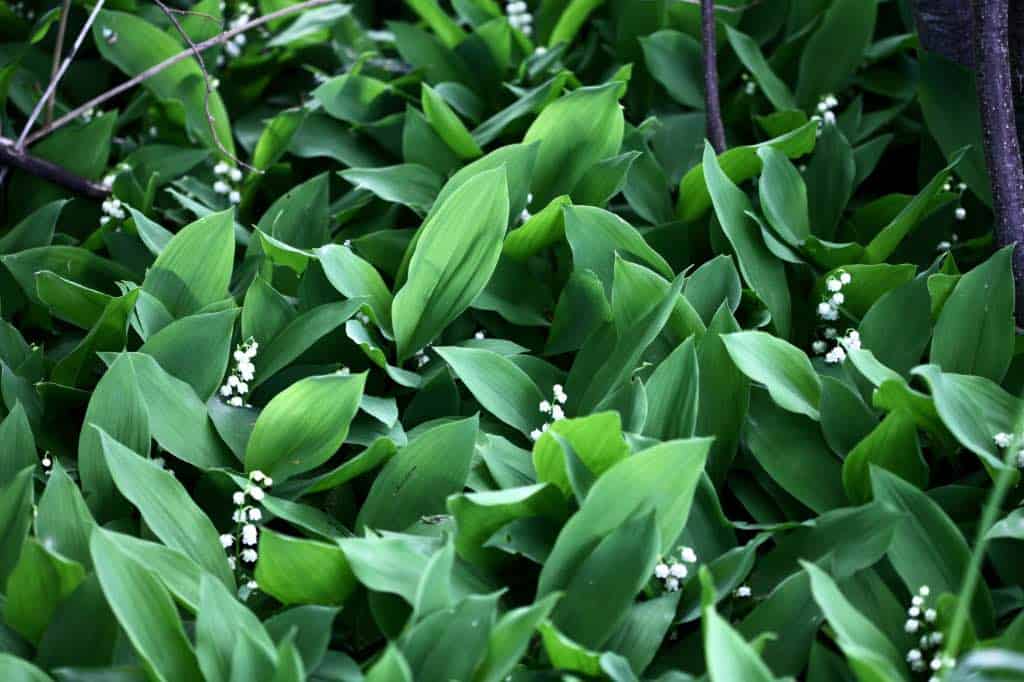
What To Do With Lilies Of The Valley After They Bloom
Once the blooms on the Lily of the Valley plant are spent, you can certainly cut the stems back if you wish. This will help to tidy up the look of the plants post blooming.
If they are in a visible part of the garden, it will not take long to do a bit of pruning to clean up the plants.
Otherwise you can just leave them as is.
If they are planted as a ground cover, just allow nature to take care of the stems. They will naturally compost back into the soil in time.
How Do You Prepare Lily Of The Valley For Winter?
In the fall the plants can be given a top dressing of mulch, which will help to keep the organic content within the soil, and also help to keep the soil moist.
If the plants have been underplanted, the taller trees and shrubs growing above will naturally drop their leaves.
This will add a natural mulch to the garden.
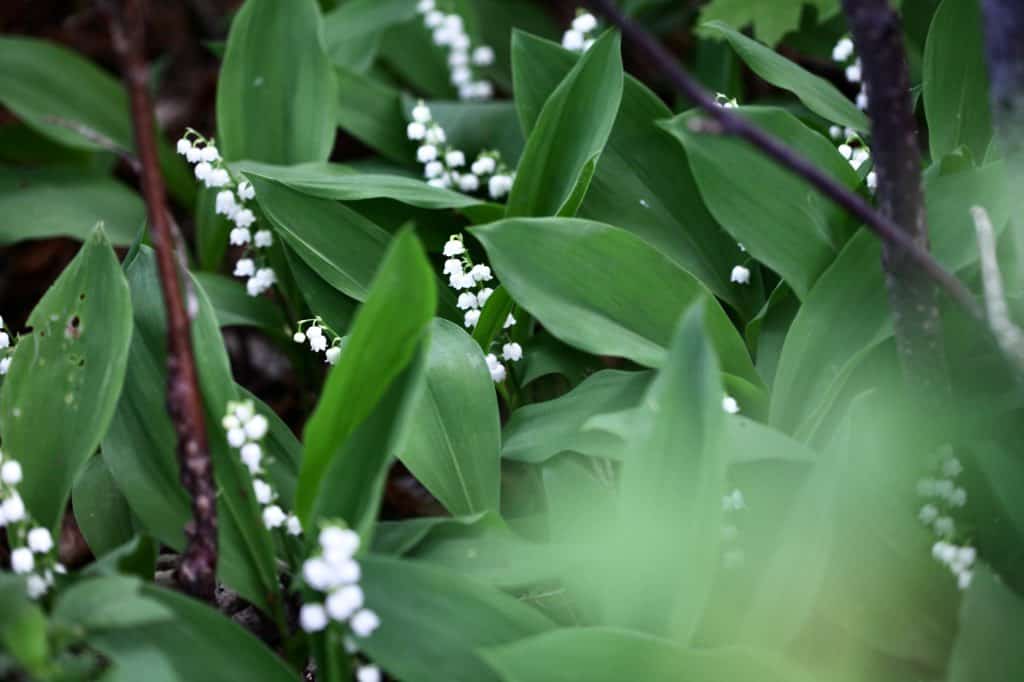
Lily Of The Valley Companion Plants
Lily of the Valley companion plants include those that grow at the same time in the growing season, as well as in the same growing location.
So consider shade plants in early spring, like beautiful ferns which are just starting to unfurl their leaves as the Lily of the Valley begin to bloom.
Another great choice to grow alongside Lily of the Valley are the sweet blossoms of Forget me nots, with their delicate pastel pink and blue flowers.
Any other early blooming woodland plants that like filtered shade are also good options as companion plants for these shade-loving plants.
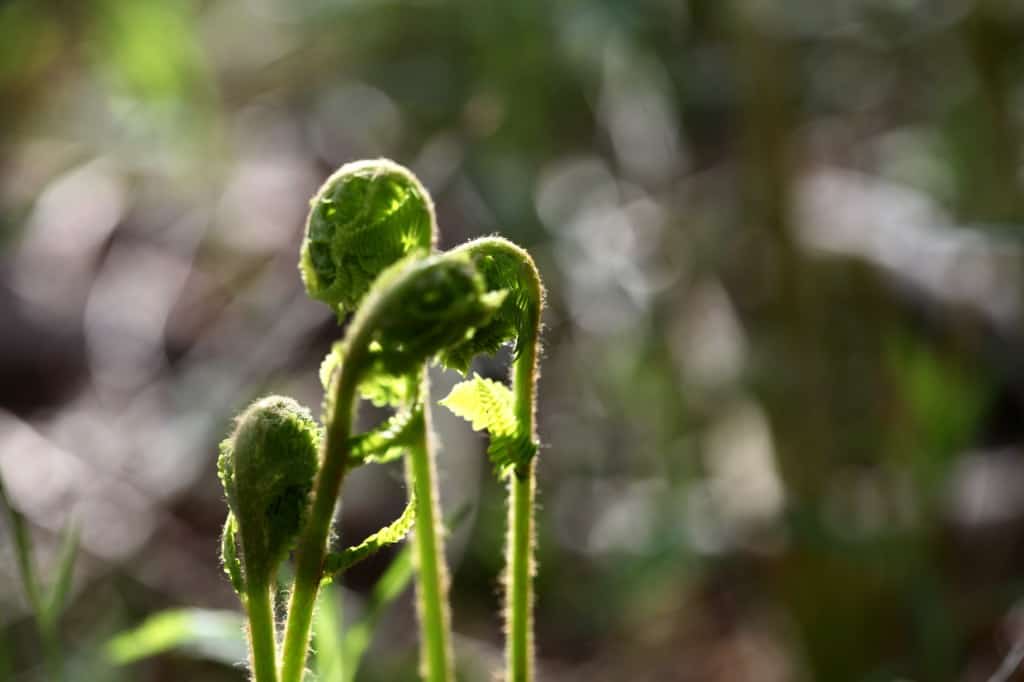
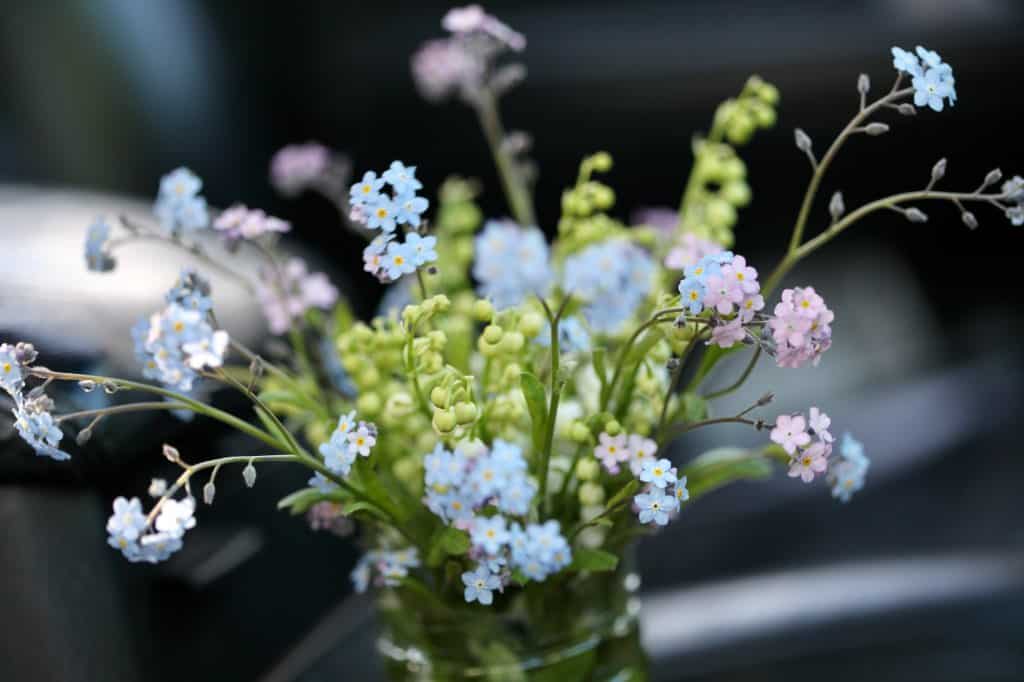
Conclusion
Although Lily of the Valley looks like a delicate plant, it is actually a fabulous hardy plant and a great garden perennial.
If underplanted under the shade of large trees, it will grow seamlessly among the tree roots with ease.
Starting from scratch, a Lily of the Valley patch will grow a bit bigger every year.
These fragrant plants easily spread via underground roots, and are easy to transplant as well.
Plant these sweet flowers en masse and keep them contained for the best results.
Mother Nature often announces spring's arrival with special blooming plants, and Lily of the Valley is one that has a place in many hearts.
It is a classic plant in many gardens, and will likely be grown for many years to come.
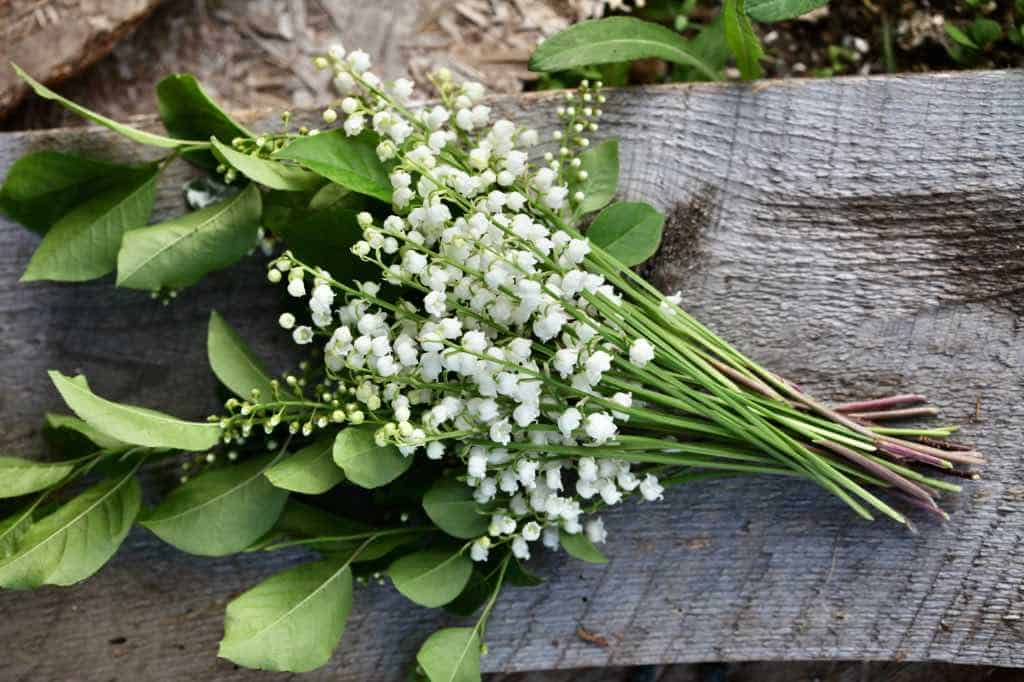
Have you ever tried to grow Lily of the Valley? Be sure to leave a comment below to share your experience!
Other Posts You May Like:
PIN IT FOR LATER!
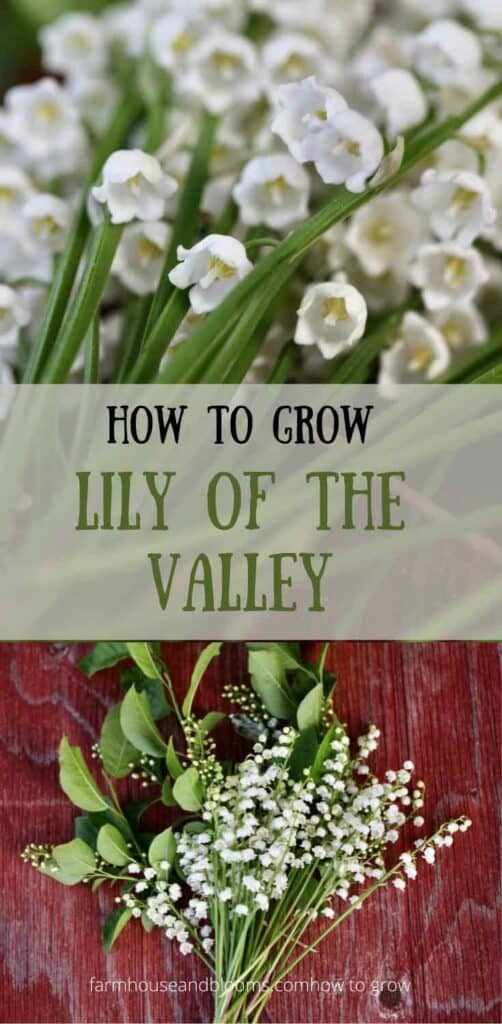
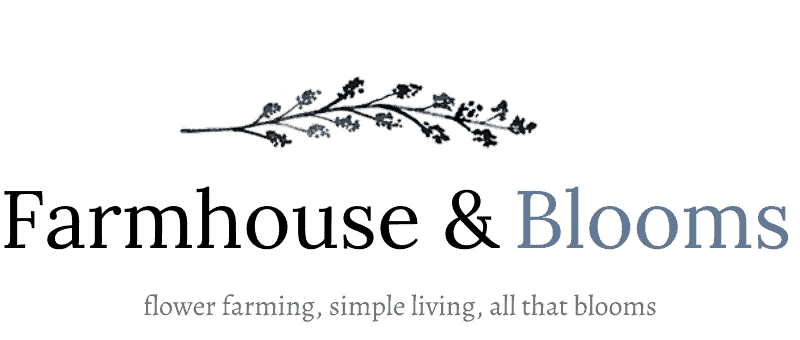

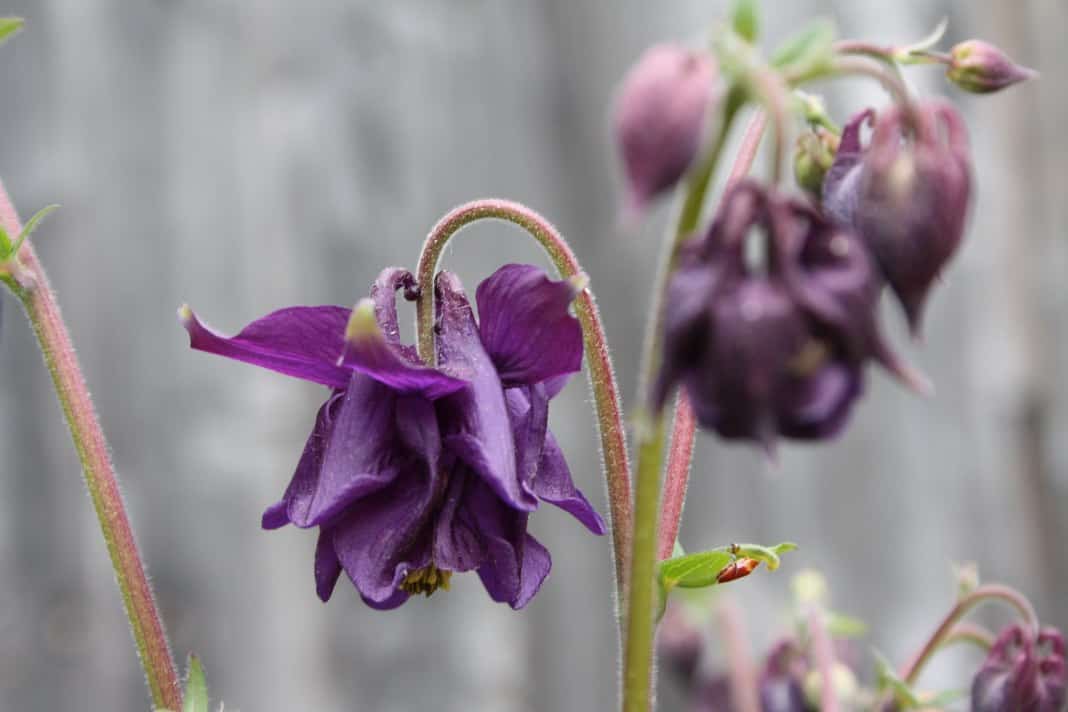
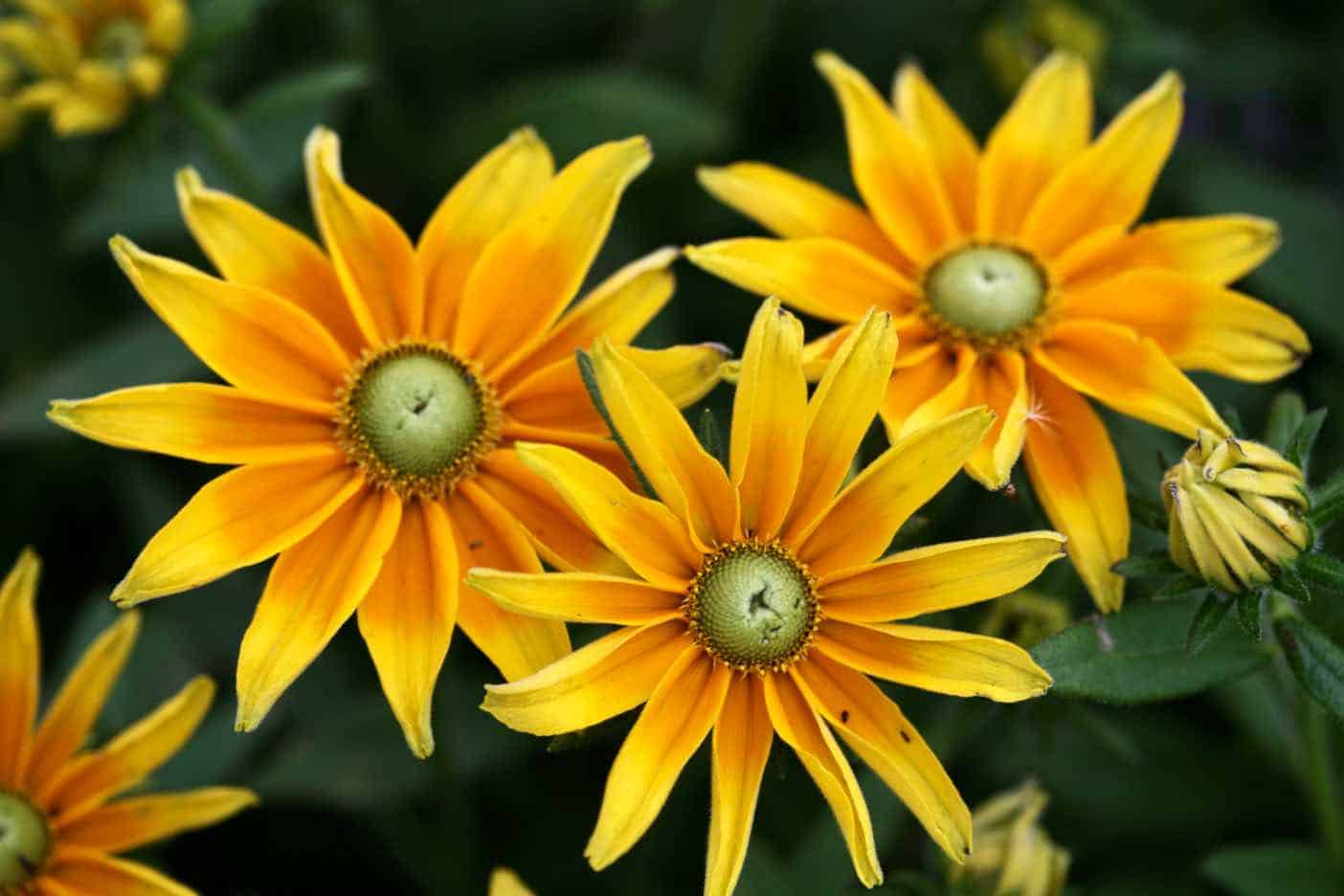
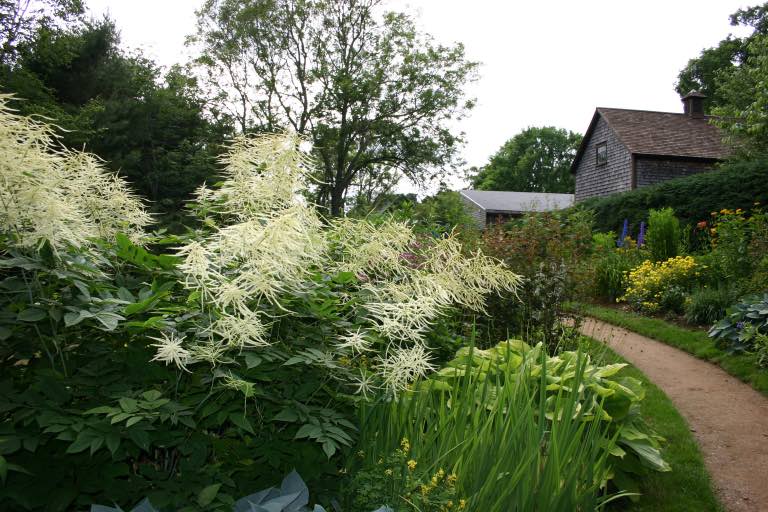
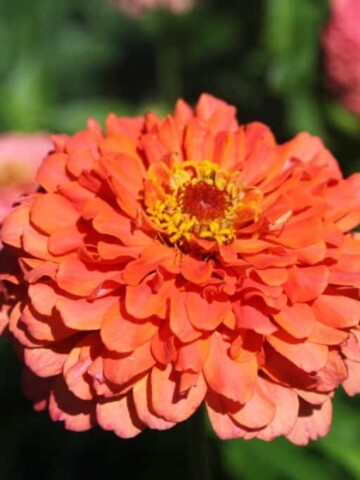
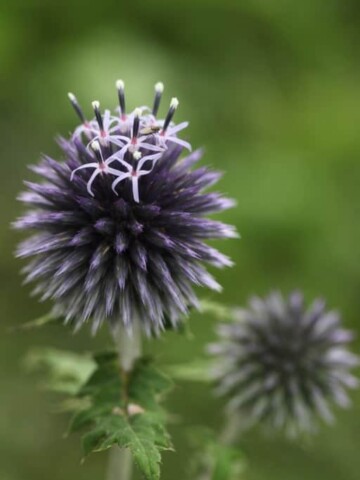
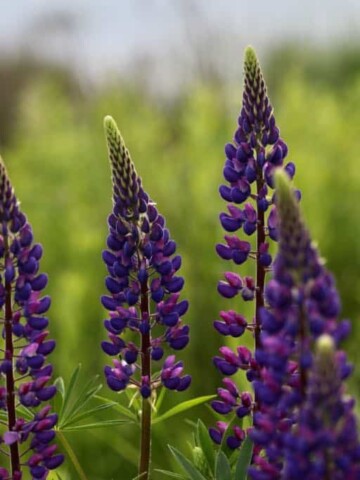
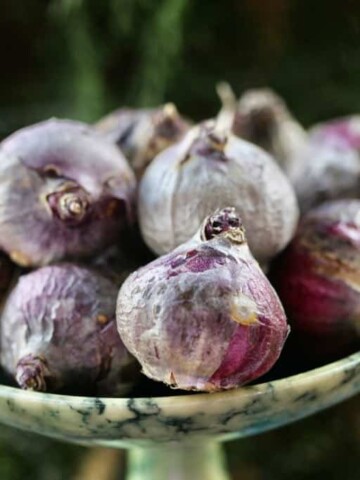
Maureen iacullo
I loved all the I fo on lily of the valley. I am planning to plant mid April. I live in Illinois. Will I see the plant in the garden this year?
cheyanne
If planting from seed they will not bloom for two to three years, however if planting from pips they likely will, depending on the energy in the plant.If the pips were forced in pots inside in winter, they most likely will not bloom the first year planted in the garden, but will bloom the next year.